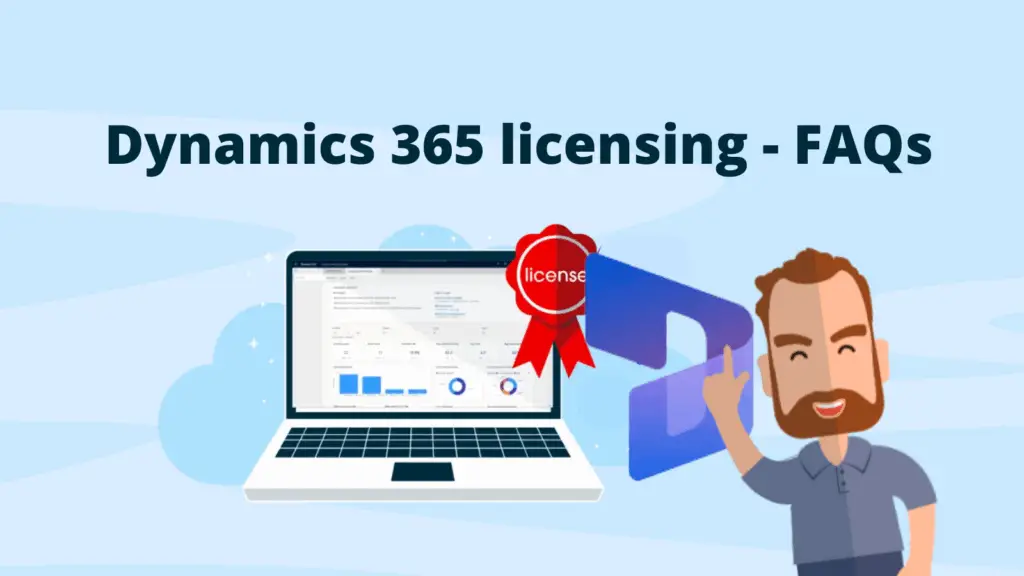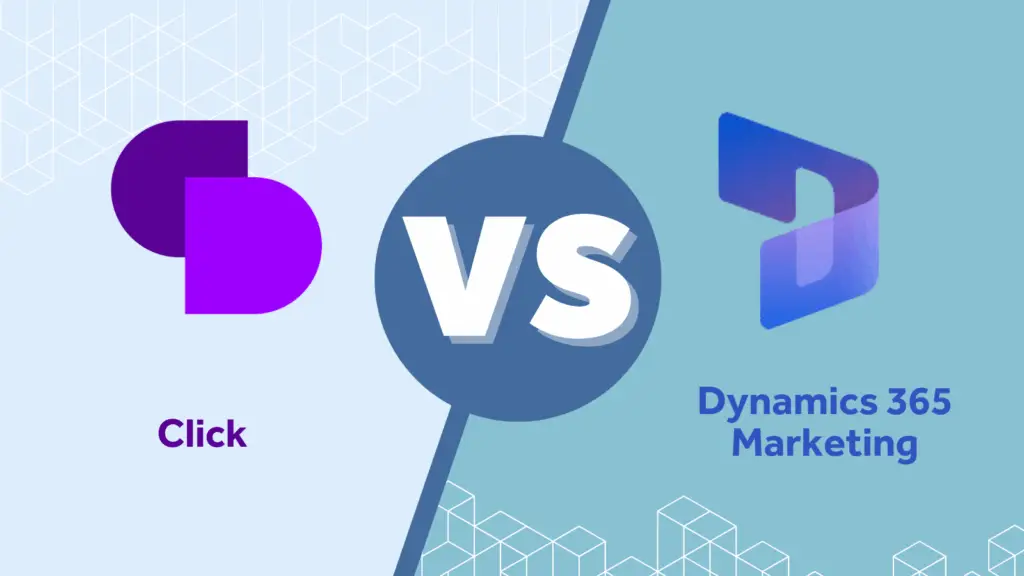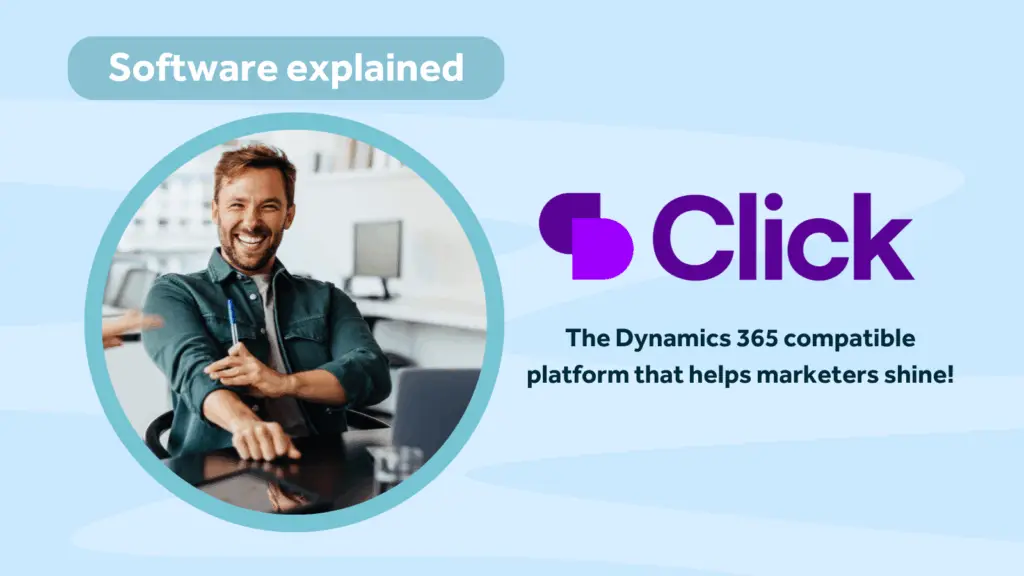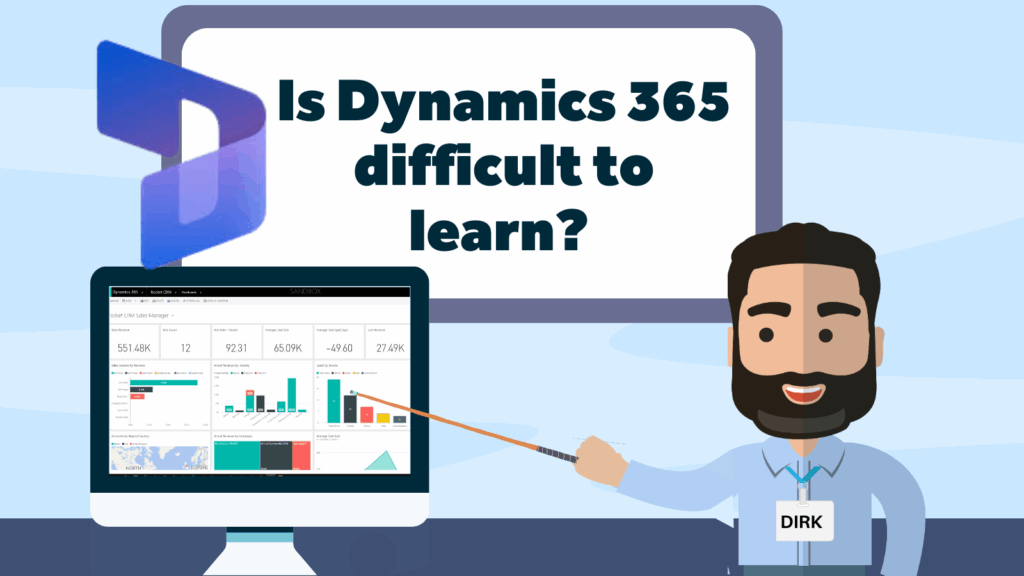Contrary to belief, implementing marketing automation software isn’t about turning your brand into some emotionless robot. It’s quite the opposite. Automating your marketing activities is about making communications feel real and personal and showing your audience that you understand and value them. Folks want to be valued and seen as individuals, and that can be easily addressed if you send the right messages at the right time to the right people.
A vast amount of data captured through sales, marketing and customer service systems holds a wealth of insight and customer knowledge if we dare to dig deeper and apply the right methodologies to leverage its value. To achieve this, you need a plan and a platform.
With the right approach, you can make the initial investment into the software pale into insignificance. Invesp found that businesses using marketing automation have seen their sales productivity skyrocket by an average of 14.5%. Talk about working smarter, not harder. And how does slashing your marketing overhead by 12.2% sound? But wait, there’s more – up to a 77% increase in conversions and a resounding 91% of digital marketers saying marketing automation is the secret sauce to their success.
If you’re a latecomer, don’t worry; it is possible to quickly apply some basic automation that will instantly elevate essential marketing communications. If you’re starting from scratch, this six-step guide will help you approach this seemingly mammoth task methodically and creatively.
Crafting Your Marketing Automation Strategy: Not as Daunting as You Think
Diving into marketing automation might seem like a mammoth task, but it’s really about sticking to some basic principles:
- Knowing your audience.
- Talking to them like real people.
- Being there with what they need, when they need it.
The reality is that the digital world is buzzing, so getting your audiences’ attention is increasingly difficult. Blanket emails and generic ads? That won’t cut it. Today, it’s about making every interaction feel like it was meant just for them. And yes, with the right approach, it’s doable.
By tapping into the power of data (in a non-creepy way), you can guide your customers through their journey with your brand, from the first “hello” to the “thanks for sticking around.” It’s about creating those personalised paths that lead them not just to your door but through it, time and time again, and ensuring that that journey is positive.
But picking the right marketing automation software for the job is key, and we outline this criteria later in this article. Essentially, it would help if you looked for a solution that offers the perfect blend of features and tools that also align with your goals and will grow with you.
Hop on over to our blog for further advice on selecting the right marketing automation platform.
Your Five-step guide to a winning marketing automation plan
Let’s dive into crafting a winning automation strategy that can be as simple or as complex as you require. However, we do advise with a phased approach to this project. As you’ll see, the opportunities are endless. It’s best to start with the most essential and build out as time passes.
Step One: Mapping Out the Customer Journey
Map out your buyer journey from the cradle to the grave and detail every touch point. Discover how, why and when your audiences interact with your brand and highlight this against the buyer journey. From awareness, through to desire, and then onto action and loyalty. Understanding your customers in terms of personas and segmenting by firmography, demography and geography can also be useful at this point.
The better you understand you’re the customer, the better you understand their behaviours and interactions with your brand.
These touchpoints can be digital, in-person or telephone and a good system and solid processes will allow you to capture that detail.
Once mapped out, you’ll see just how complex the customer journey can be.
Stats cited by Motarme illustrate this complexity well:
- “90% of B2B buyers research 2-7 websites before making a purchase.”
- “B2B buyers engage with 3-7 pieces of content before engaging sales”
- 11% of B2B buyers said they consume over 7 pieces of content.”
It’s all about understanding in great detail the various digital touchpoints that your audiences will have with your brand online.
Step Two: Identifying the perfect moments to make contact
Next, you want to identify the opportunities to engage your audiences at each of these digital touch points and create your communications plan. You may want to retarget anonymous visitors with display ads. Or suggest useful content pieces with pop-ups. Or you may want to email known web visitors once their score hits a threshold indicating a growing interest in a specific product.
The opportunities are endless. What’s critical is identifying and prioritising the most valuable interactions. Think about what would enhance that point in the buyer journey by asking the following questions:
- What behavioural data can you use to inform your communication activity?
- What gaps exist, and how can you address them? Are welcome emails inconsistent and reliant upon the sales team remembering to send them? That’s a quick and easy win right there.
- What other administration-type communications can you automate and take away from other team members?
Each of these new communication opportunities marks a chance to make your customers feel like they’re the star of the show.
Step three: Tailoring Your Messages
Use the insights from your customer journey mapping to craft campaigns that fit your audience like a glove.
Set your campaigns by audience, channel and message and ensure you maximise each opportunity and use your software to build these customer journeys and communications.
Whilst the opportunities to craft tailored segmented campaigns are endless, here are some examples of marketing automation campaigns that you may want to consider:
- Win-back programs – target lapsed customers with offers and information on changes to your services or products.
- Lead magnets – use high-value content pieces to attract new prospects to your site and generate new leads.
- Customer feedback – integrate this into part of the sales cycle at the most appropriate time stamp or milestone.
- Social media automation
- Customer onboarding – welcome emails and onboarding documentation can be set as and automated as part of the sales process.
- Transactional messages and updates – keep your leads and customers up to date with company and service-related news.
- Omnichannel experience – by being able to augment and tailor multiple moments of contact at the same time, you can create superior customer experiences, enhancing engagement and customer advocacy.
Step four: Choosing and configuring your marketing platform
Ensure the software you select is aligned correctly to your marketing goals. Therefore, as we mentioned earlier, consider exactly what you need from your marketing platform before purchasing it. It needs to be adequate but not overkill, and think about flexibility and scalability.
Your criteria list should include customer segmentation, behavioural tracking, email marketing, reporting, lead scoring, landing pages, web forms, journey builders, and omnichannel marketing capabilities. All of these are essential for crafting a robust marketing automation plan that suits your company.
Most good marketing platforms will offer you the following at a minimum:
- Customer journey builder that allows you identify “triggers”, “timers” for your communications and set actions and work flows such as engaging the sales team, adding contacts and leads to lists and campaigns.
- Lead scoring tools that enable you measure engagement levels with your brand and specific enagement triggers and actions in response.
- List creation based on countless segmentation criteria.
- Email software – an HTML and drag-and-drop email builder platform – so you can create professional and engaging communications.
- Reporting dashboard to monitor and evaluate performance. With the ability to create custom reports and multiple dashboards.
- Channel Integration – such as social media and website activity that you can segment based on behavioural browsing activity.
- You may need support in ensuring the technical aspects are taken care of. Whilst most small businesses don’t afford or warrant a marketing operations team or person, the software provider or partner is often the point of call for set-up, configuration and enablement.
For more detail on this point, read our article: 10 things to look for in a marketing platform
Or listen to the conversion on this topic in our podcast.
We’ve deliberately suggested that you map out your buyer journey and think about how you want to use a marketing platform now and in the future before you select your software. That way, whatever software you select will be future-proof and the right investment.
Step five: team training
Last but not least, it’s about making sure your team knows how to wield these new powers by delivering user training for your marketing software. Training and support turn your marketing crew into a squad of marketing magicians, ready to make marketing automation magic happen.
Most good software providers will offer user-specific training, and many providers offer around-the-clock technical support and will support with training and onboarding. Be sure to examine the quality and level of customer support they offer. The best vendors will be proactive, not reactive and actively keep you up to date with new features and tools as software inevitably evolves. Read about the benefits of CRM training here.
Wrapping this up
Implementing a marketing automation strategy in your organisation can be made simple by following basic principles and simple steps. Once deployed, you’ll quickly begin to see and feel the advantages of amplifying and scaling your communications in a smart and tactical manner and in a mind-blowingly efficient and effective way.
Long gone are the days of blasting out the same message to everyone and hoping for a hit.
Modern digital marketing is about leveraging technology to enhance those human connections, not replace them. Because, at the end of the day, it’s those connections that drive engagement, loyalty and sales.
About Rocket CRM
Rocket CRM is a Microsoft Dynamics 365, and a platinum ClickDimensions accredited partner, helping small to medium-sized businesses and charities harness the power of scalable CRM technology. Our mission is to make powerful CRM software simple with custom-built, user-focused solutions.
Website: rocketcrm.co.uk
Podcast: RocketPod
Social: LinkedIn




